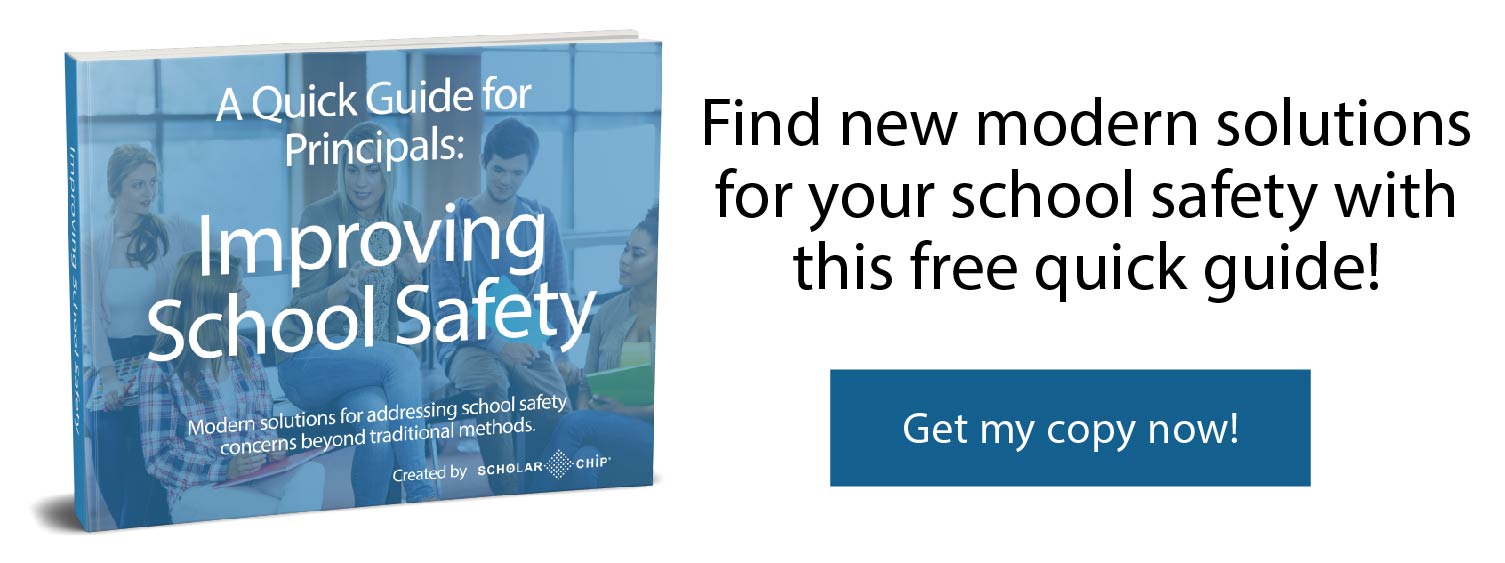Principals are responsible for far more than educating students. They also need to ensure safety on school grounds and in the classroom.
Student behavioral disruptions can derail learning outcomes and be a safety issue. That’s why principals and other school staff need tools that allow for early intervention, remediation and progress for students exhibiting disruptive behaviors.
Understanding why early identification and handling behavioral issues is an important first step. One of the best tools for handling these issues is to complete a functional behavior assessment. Here’s a closer look at the implications of behavioral issues and how to address them effectively.
Impact of Behavioral Challenges in Classrooms
Emotional and behavioral challenges can manifest themselves in many different diagnoses, including anxiety disorders, manic-depressive disorders and oppositional-defiant disorder, conduct disorder and other psychiatric conditions. In the classroom, these disorders create several challenges:
- Teachers may be unfairly expected to “treat” these conditions
- Medication for these disorders can have unexpected consequences
- Students may not be able to meet the academic and behavioral standards
- The behavior may be signs of other issues, such as instability at home or abuse
No matter the cause of these behavioral issues, the research clearly shows the impact on classroom performance. A recent study showed that “behavior problems had a negative relationship with academic performance and some of these associations endured over time” for students exhibiting such behaviors. Students with externalizing behaviors, such as aggressiveness, antisocial behavior, defiance, disruptiveness, impulsivity and over-activity, had an impact on student academic achievement across the board, especially reading outcomes.
The behaviors also have an adverse effect on other children. In 2018, for example, the Connecticut Education Association called on the state legislature to address increasingly violent classroom behavior. These behaviors and lack of support for teachers are adversely affecting the learning environment for students. The risk to the safety of other students and teachers in the classroom should be paramount, but in many cases, it is being ignored,” said CEA president Sheila Cohen.
The bill passed but was vetoed by Gov. Dannel Malloy.
The Role of a Functional Behavior Assessment (FBA)
Many school districts turn to a functional behavior assessment to identify behaviors, the reasons behind those behaviors and what keeps the behavior reappearing. It concludes with an action plan that lays out clear steps to help the student.
It’s a problem-solving device that looks behind the behavior to identify factors – affective, biological, environmental or social – that are at the root. Doing so allows for a better understanding of the student.
The FBA uses many different techniques and strategies that help identify more than the symptoms by exploring the underlying motivations.
There are two types of FBAs and the one that is used often depends on what behaviors are present.
A direct assessment involves observation of the student in and out of the classroom. The evaluator describes the behavior and the conditions in which it manifests, including events that happen before and after the behavior.
Indirect assessments rely on interviews with teachers and other school administrators and staff who have direct contact with the student. In some cases, an interview with the student is included.
FBAs should be done when a student’s behavior interferes with their educational progress or that of other students. However, early intervention helps to reduce the risk that a difficult behavior will escalate to a disciplinary or safety issue.
FBAs are important for many reasons, including:
- Helping identify replacement behaviors for the disruptive ones
- Understanding the why behind student misbehavior
- Learning the purpose of the misbehavior, whether it’s to meet a student’s need or cause a desired outcome, e.g., what the student gains, controls or avoids
It’s very important to assemble a strong team to help with the assessment. The team, comprising professionals from different disciplines, will bring different perspectives to the issues and recommended solutions.
A school psychologist, counselor, or behavioral specialist usually leads an FBA team. The lead professional conducts interviews with school staff and others who know the student well. Other team members may include:
- Classroom teachers
- Special-education teachers
- School administrators
- Parents or guardians
At times, the team may interview the student’s peers to gain insights on behaviors.
An FBA consists of multiple steps:
- Defining the problematic behavior. These definitions should be measurable, easily observed and repeated. For example, saying a student is “disruptive” is not a good definition. Saying the student interrupts 3-4 times a day, speaks out of turn and sleeps at her desk is appropriate.
- Determining the type of assessment and data collection.
- Collecting, comparing and analyzing information.
- Developing a hypothesis about the reasons for the behavior. Often, students’ disruptive behaviors are aimed at getting something or avoiding or escaping something.
- Creating the plan. The plan usually targets 1-3 behaviors, with each intervention designed to address one of those behaviors. They may include many different considerations, including:
- Changing the physical environment
- Adjusting the instructional or curricular strategy
- Changing the antecedent events or consequences of the behavior
- Teaching a more acceptable behavior
Finding Effective Solutions
Teaching those acceptable behaviors is the core focus of ScholarChip’s Alternative Behavior Educator (ABE) solution. The solution allows for faster referrals and actions that help students learn better behaviors.
ScholarChip-ABE eliminates administrative tasks by automating teacher referrals of students who are exhibiting bad behavior. With ABE the referrals are delivered to the department or staff member that specializes in managing that type of behavior.
Using this interventional solution helps address classroom or attendance issues and returns valuable learning time to each period.
ABE helps instile better behavior and monitors progress throughout a student’s career while giving administrators and teachers powerful data-driven reports that quickly flag at-risk students, help monitor and chronicle progress, and support decision-making tasks. The system incorporates the complete spectrum of behavior and integrates student rewards, interventions, and tracking with PowerSchool.
ABE is a vital part of the complete array of School Safety & Accountability Services offered by ScholarChip, which also include student and staff smart ID cards, large group and classroom attendance, visitor management, cafeteria POS, secure door access and mobile monitoring.
ScholarChip is an all-in-one solution that addresses the important issues when it comes to challenges a school faces. With automated attendance tracking, behavioral assessment and monitoring software, along with proper visitor management systems, ScholarChip is a special, proactive solution.
To learn more about how ABE is an essential component of functional behavior assessments and can provide students with the support they need, feel free to schedule a 1-on-1 strategy session with one of our solution specialists today!


